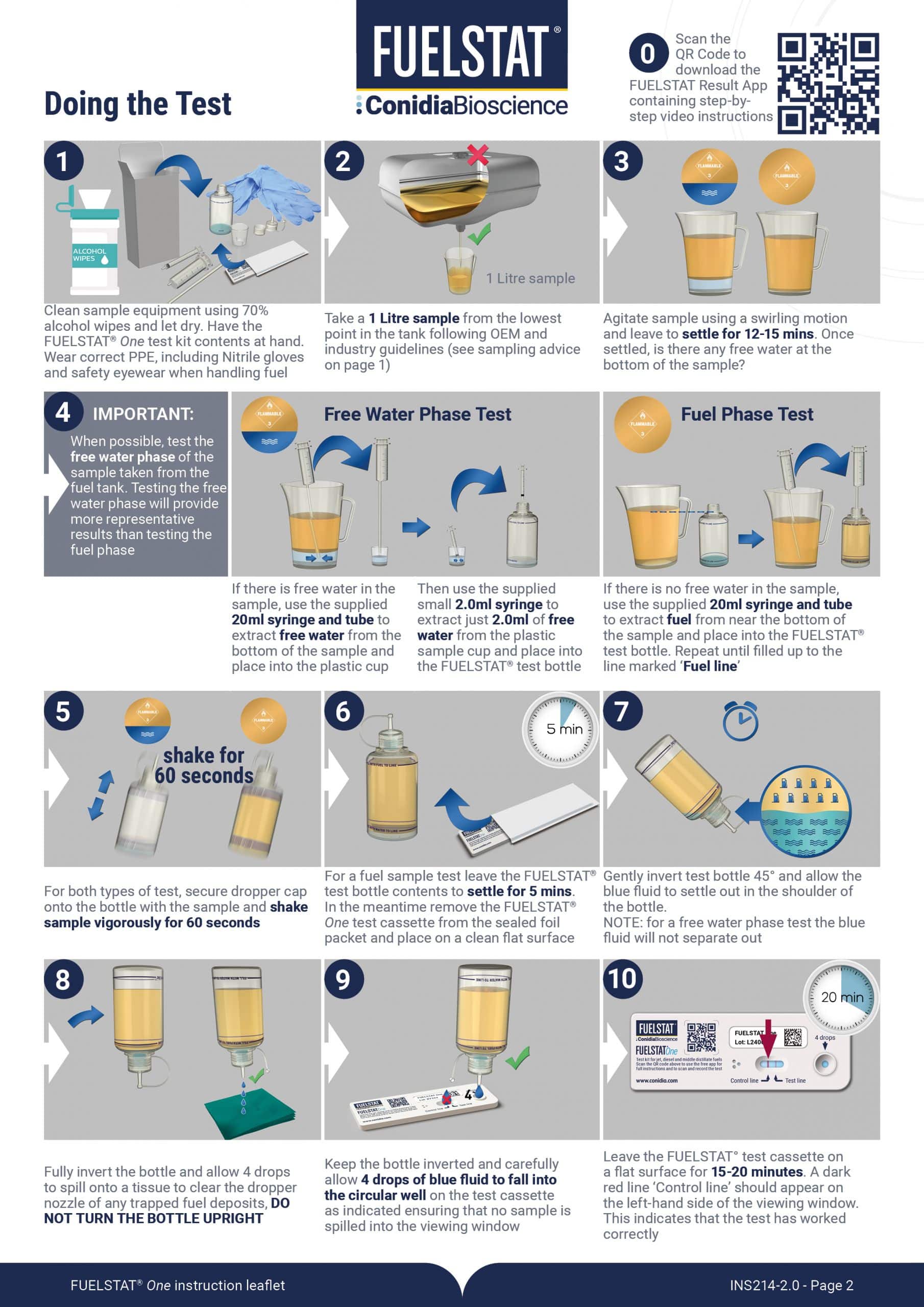
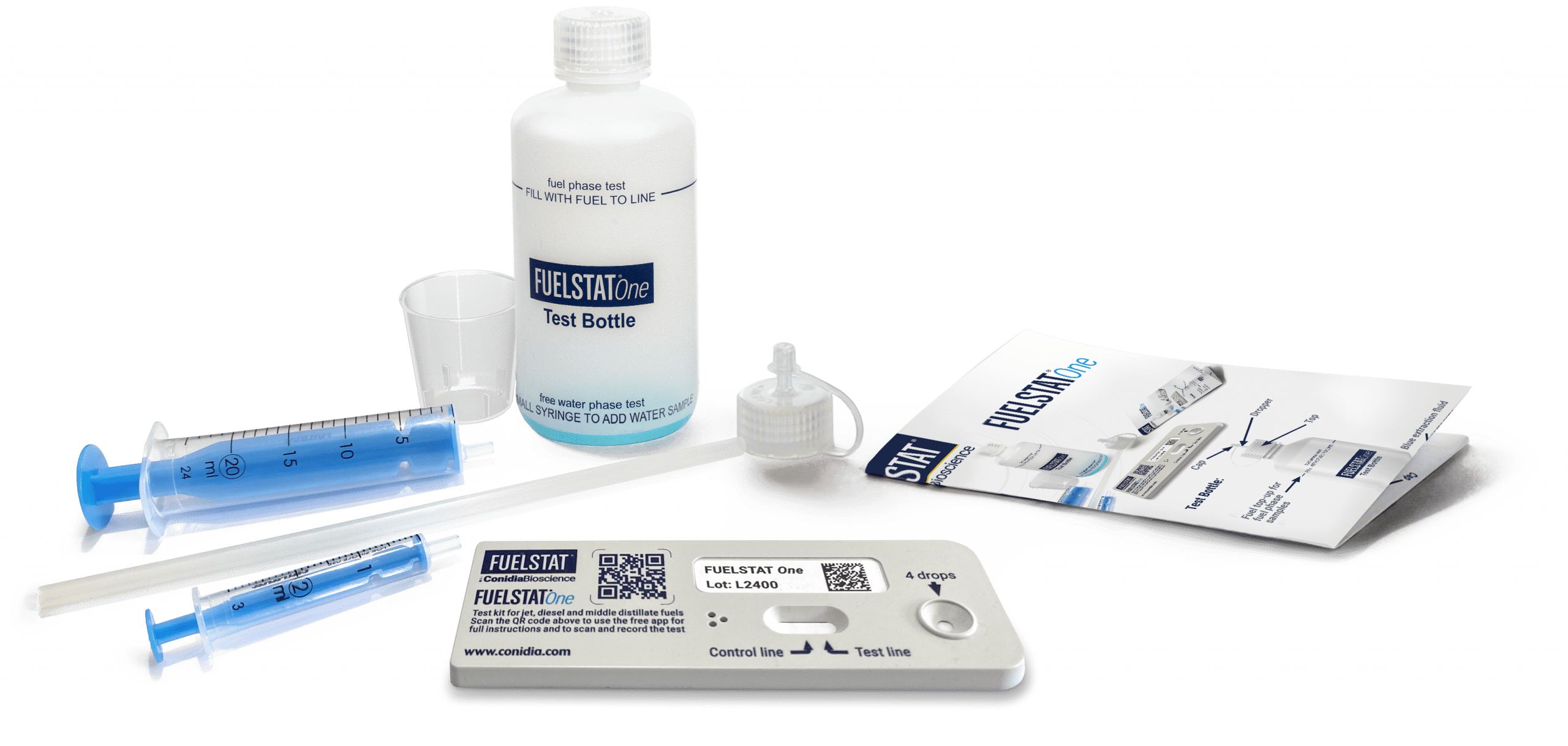

What is a rapid lateral flow test?


The marker can be used as a proxy to detect the presence of microorganisms. It is usually a part of the microorganism or a chemical they produce during their growth.
A protein is developed to specifically bind to the selected marker (the ligand). The protein-ligand complex is unique as the two fit together like jigsaw pieces.
Proteins are immobilised onto specialised surfaces (membranes). As the liquid sample containing the marker ligand is applied on the membrane, it will migrate through it and bind to the protein which carries a signalling molecule. This is what generates a distinct test line signal. The higher the amount of the marker in the sample, the more intense the test line. The test line intensity is used to confirm whether the microorganism is present and determine the quantity of it. LFT is a common tool for detecting levels of specific ligands in clinical settings for medical diagnosis. For example, it is used to precisely measure blood insulin levels to check for hypoglycaemia, hormones for prostate cancer or drugs used in sports doping.
Rapid lateral flow testing is used all over the world and was especially highlighted recently as we have been using it for COVID-19 testing.
How rapid lateral flow testing is used in FUELSTAT® One?
We are targeting groups of carbohydrates (sugars) that are found in all microbial types (bacteria, filamentous fungi, and yeasts), and thus can be used as generic markers for microbial contamination in fuel systems.
FUELSTAT® One consists of a single assay on one test cassette used to measure the combined presence of bacterial and fungal contamination in fuel and fuel-associated water.
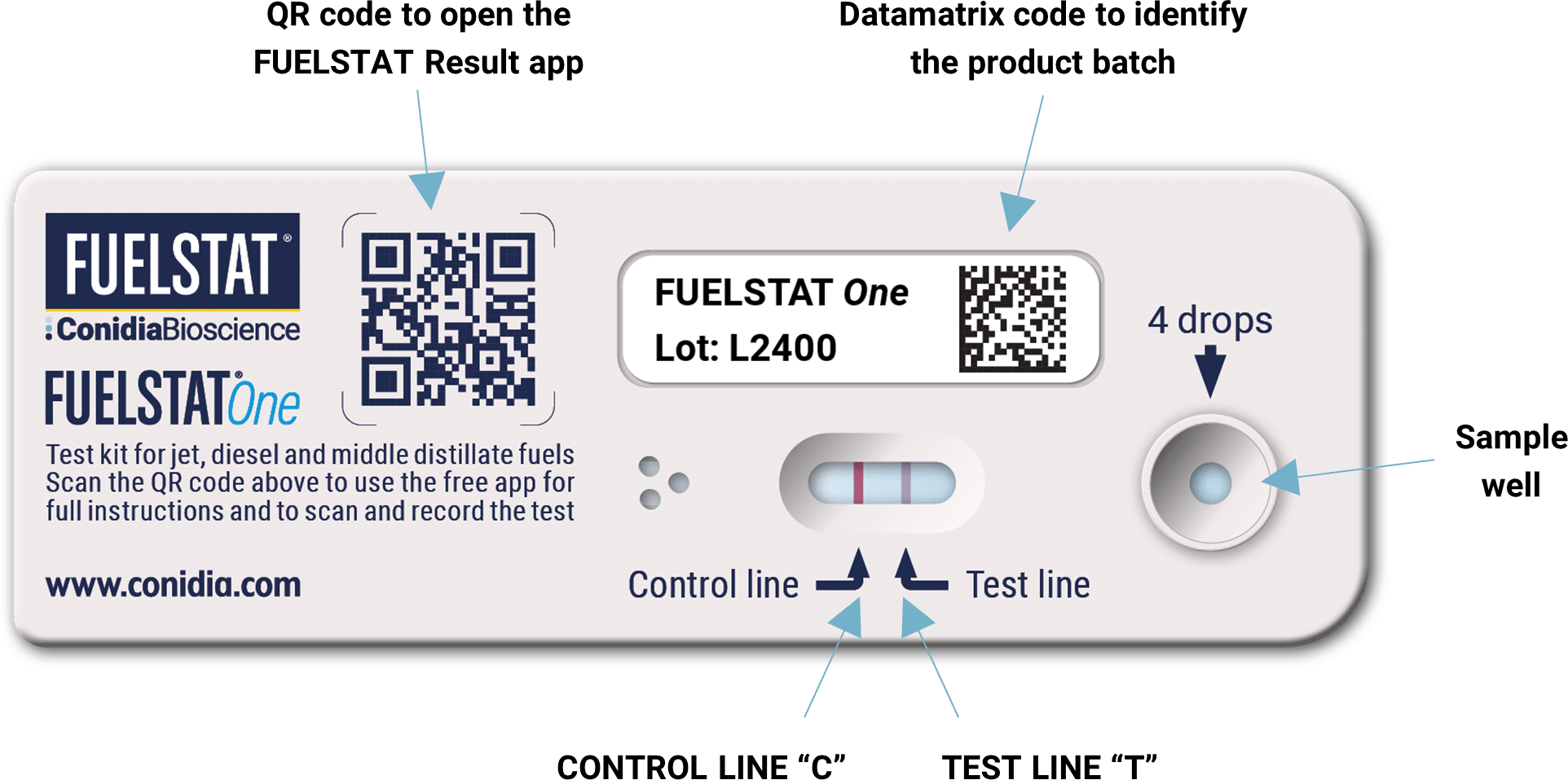


The principles of the lateral flow test in FUELSTAT® One
FUELSTAT® One uses a protein called Mannose Binding Lectin (MBL). Lectins are a special class of proteins widely distributed in nature, which selectively recognise and reversibly bind to carbohydrates through their binding sites. In humans, lectins provide the first line of defence against microbial infection before adaptive (immune) response is fully activated.
Lectins contain finger-like structures which have recognition domains for specific groups of carbohydrates. The MBL used in FUELSTAT® One has the highest specificity towards mannose, galactose/N-acetylgalactosamine and N-acetylglucosamine based carbohydrate structures. These are sugars widely found in both bacteria and fungi, thus serving well as generic microbial markers for microbial contamination in fuel systems.
FUELSTAT® One uses a “sandwich assay” type test:
- The blue reagent is used to extract a mixture of carbohydrates in the sample.
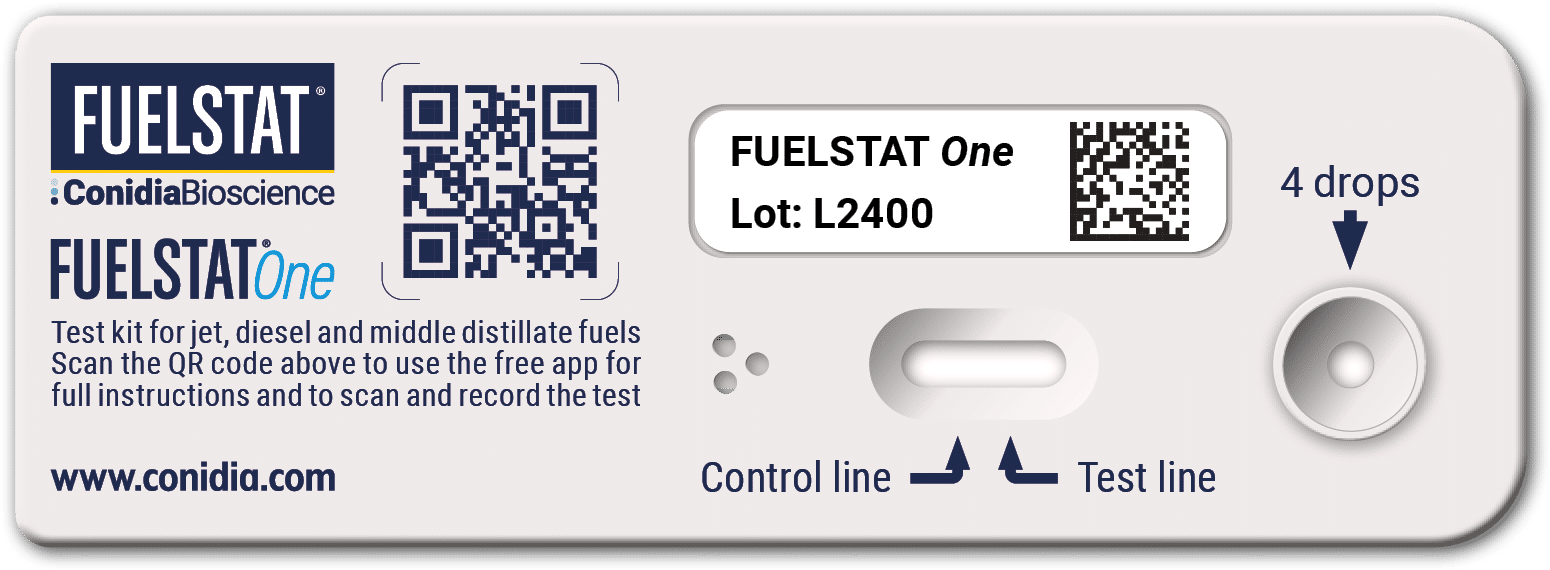
- This is then applied onto the lateral flow device (LFD) and as it flows through, it mixes with the MBL (the protein) which has the capacity to bind the above-mentioned carbohydrate structures (ligand). The MBL molecules been labelled with a gold dye that has a red colour.
- The liquid will soak into the enclosed pad and the mixture of MBL-gold complex and ligand will flow along the device.
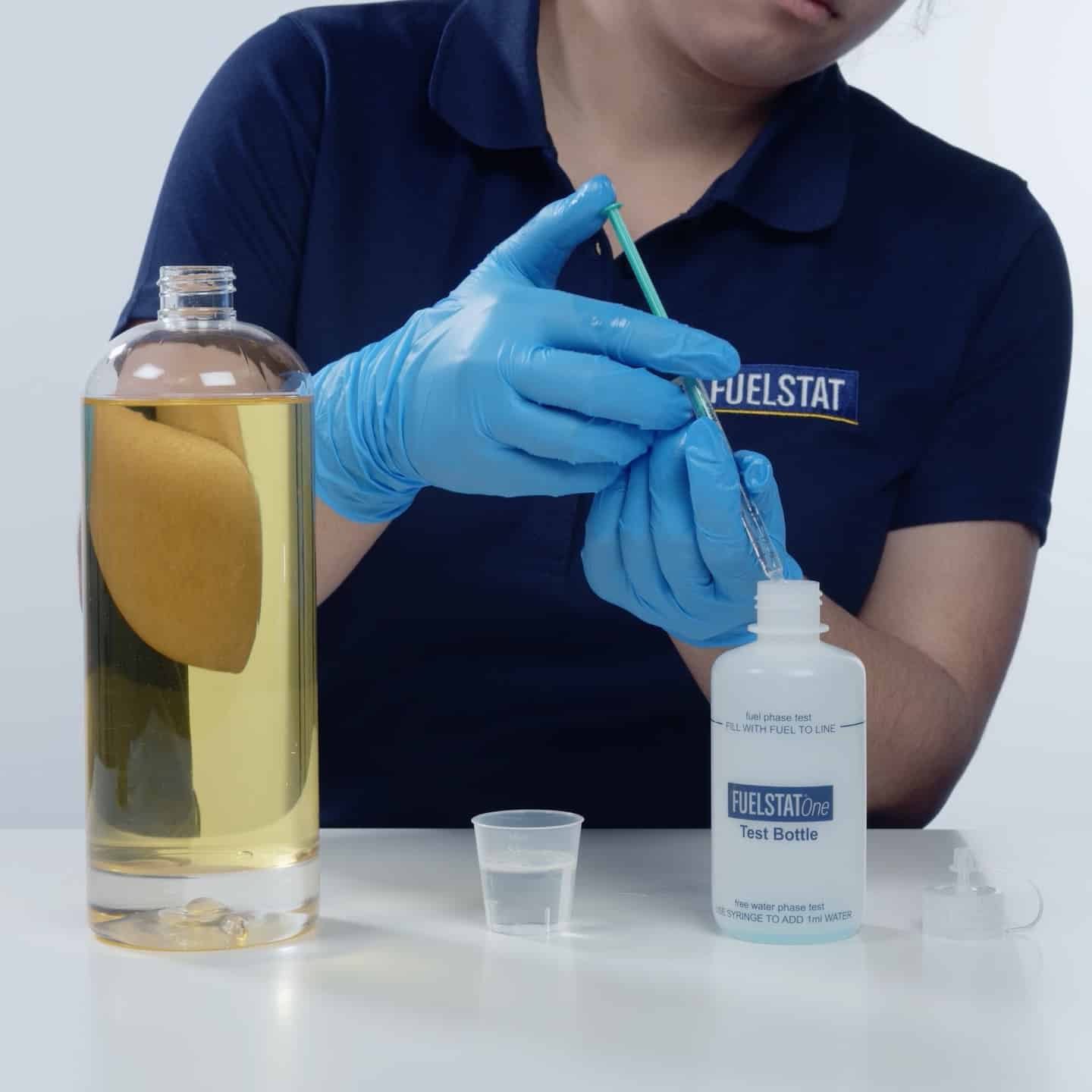


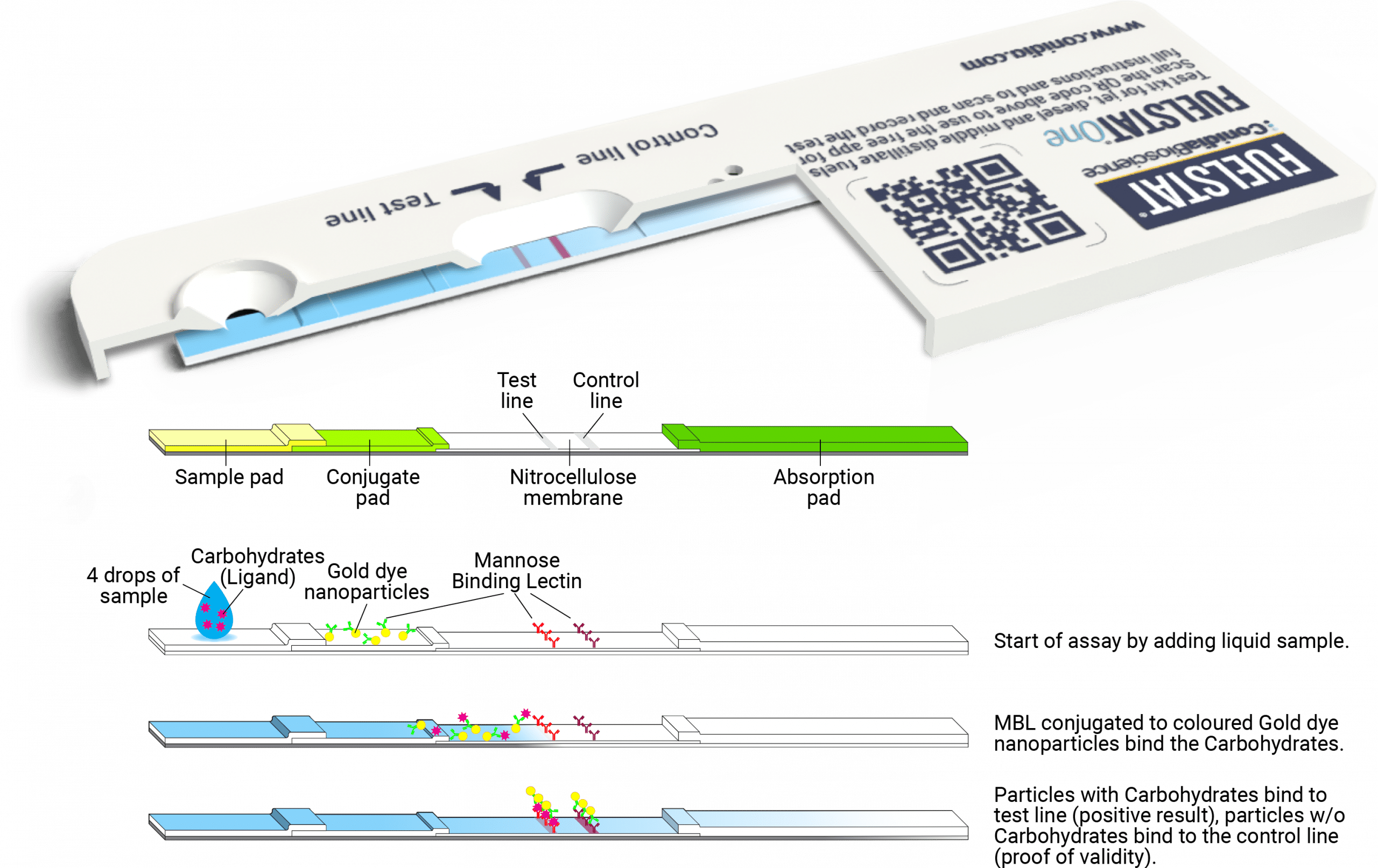


- On the device there is a test line “T”, with a known quantity of MBL embedded in it. The MBL-gold-ligand complex binds to the MBL immobilised on the test line, generating a test line signal. The higher the ligand amount in the sample, the more intense the test line signal
Negative |
Positive |
|---|---|
| The level of Carbohydrate in the sample is at such a low level that there is no binding to the MBL on the test line, so does not appear. | The level of Carbohydrate generates good binding with MBL on the test line, showing as a red colour, the intensity of which increases with level of Carbohydrate in the sample. |
| A red test “T” line is NOT formed | A red test “T” line is formed |
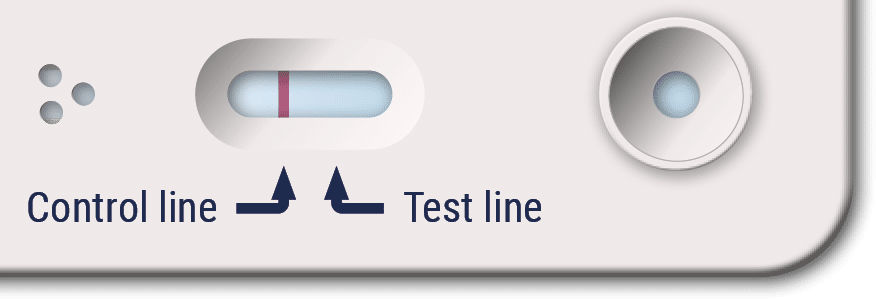   |
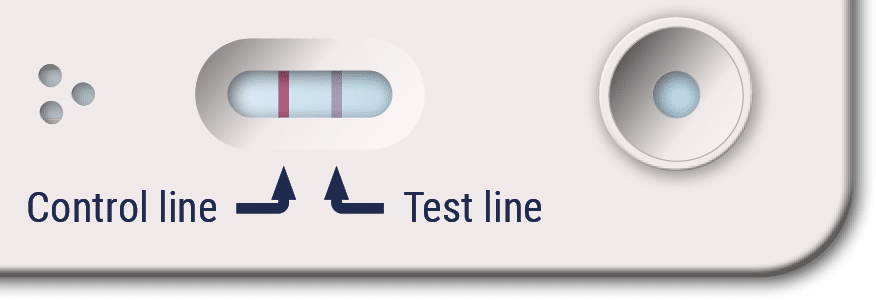   |
- To verify validity of the test and ensure that there is sufficient reagent flow along the test membrane there is a built-in control line “C”. When the reagent flow reaches that point a strong line should appear to indicate proper flow.
- The test is scanned by the FUELSTAT® app and the test to control line intensity ratio is calculated. This is then converted to ng/mL relative carbohydrate concentration in the sample based on incorporated in the app calibration curve data.
Reading results of FUELSTAT® One test



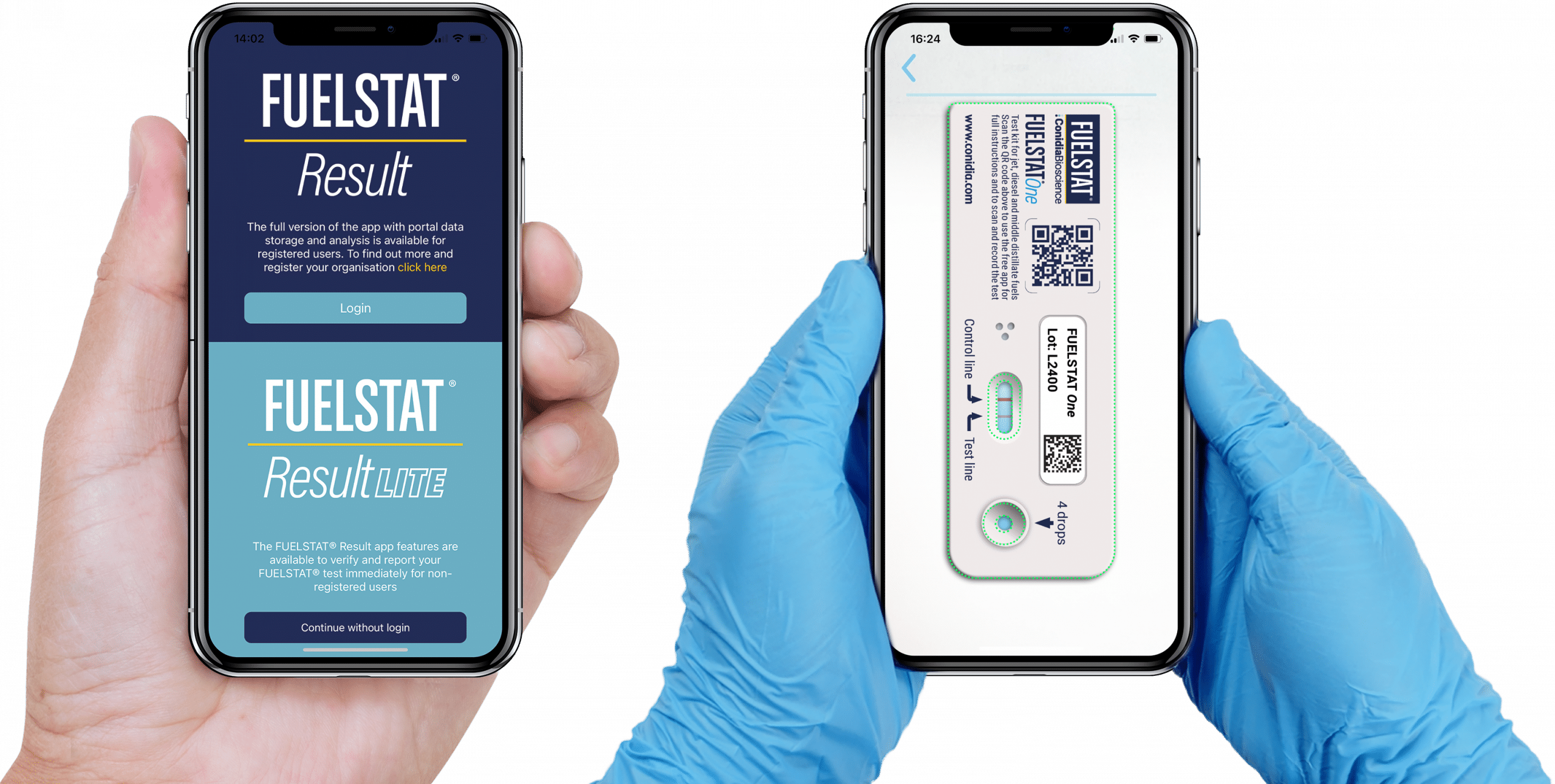


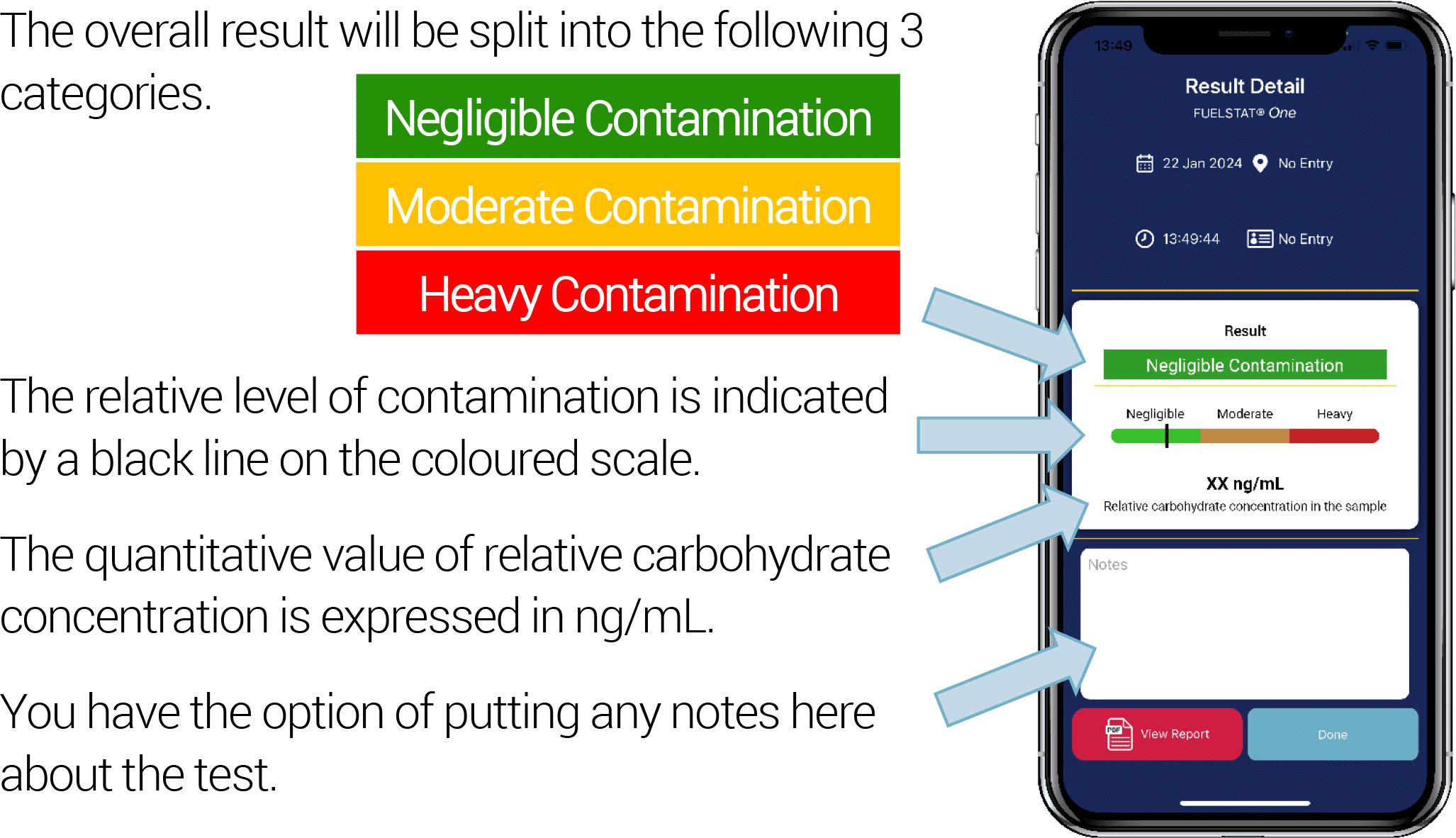


What advantages does FUELSTAT® One technology give me?
FUELSTAT® One identifies the presence of microorganisms via the specific groups of carbohydrates (sugars) that are found in all microbial types (bacteria, filamentous fungi, and yeasts), and thus can be used as generic markers for microbial contamination in fuel systems. These carbohydrates are produced in numbers when microbes are most active, usually during the formation of biofilms, which is when these microbes become problematic in fuel systems. Individual free microbes that may be found naturally in the surrounding environment and could easily contaminate a test, will generally not be detected. Sterility and cross-contamination of tests is therefore less of an issue than other techniques.
FUELSTAT® One will give results as negligible, moderate, or heavy level of contamination, reflecting IATA guidelines. In addition, the results are expressed on a sliding scale and in quantitative form, allowing users to make their own assessment on the growth of contamination in a tank over time and analyse trends. Fuel system management can be developed to ensure tanks are kept problem free.
Lateral flow tests are inherently quick, simple and reliable. This technology is prepared and enclosed in the plate allowing the test to be done in 20-30 minutes, on site and with minimal training. By measuring the presence and intensity of test lines, the FUELSTAT® Result app is available to help read the tests, record and communicate data, so that work can be done in solo conditions and multiple locations.



Get FUELSTAT® fuel testing kits
Visit our site now to learn about our products and order your FUELSTAT® fuel testing kits.
